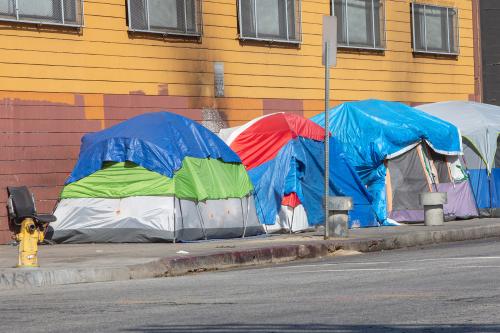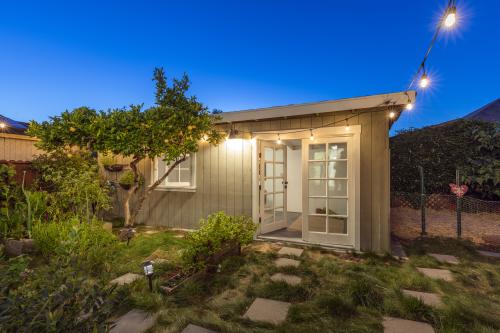This paper summarizes research from the Community Development Innovation and Infrastructure
Introduction
Greek mythology recounts a particularly inventive torturer named Procrustes, who made a practice of waylaying travelers and making them lay on a twisted bed. Procrustes forced his victims to contort themselves on his bed and would either painfully stretch them to fit it if they were too short or cut off their limbs if they were too tall. The Procrustian bed was intended to make everyone the same shape and size…in today’s parlance; one size fits all.
The last decade has seen the beginning of a great debate about American real estate development. On one side there is what has been called “conventional” development; predicated on the fulfillment of the desire for privacy, convenience, income segregation, and automobile accessibility. Conventional development results in land consumption that outpaces population growth (1percent population growth in a metropolitan area generally means at least 7 percent increase in land usage as a direct result of conventional development), and has thus led to the unprecedented sprawling of America. Conventional development has been codified into 19 standard product types, as will be discussed below. These product types define America’s built environment over the past half century, particularly commercial strips, regional malls, neighborhood centers, power centers, office parks and walk-up apartments, as well as low density, for-sale housing tracts.
On the other side is a growing cadre of critics of conventional development and proponents of community building, environmental sustainability and multiple transportation options. These reforms have been called “new urbanism,” “smart growth”, and “sustainable development”. For the sake of simplicity, they will be referred to as “progressive development”. Progressive development advocates argue that development can be mixed-use, pedestrian-oriented and mixed-income.
Proponents of progressive development are constantly confronted by the difficulty of financing. The financial markets are by necessity conservative, whether for equity or debt. The lack of a long track record of successful projects means that virtually all progressive developments now being planned will have difficulty obtaining financing. That difficulty translates into higher cost of capital, which makes the feasibility of a progressive development even more tenuous. In addition, progressive projects appear to perform financially in a fundamentally different way than do conventional developments. This means that applying conventional financing techniques to progressive development is not only difficult and costly, but also may impede a project’s ability to meet the social, environmental, market, and ultimately, the financial goals of its sponsors. Ironically, the few financial successes of progressive development projects have resulted in some of the highest for-sale housing prices and retail and apartment rents in the project’s region. Progressive development creates special places, unlike conventional development. As a result, prices and rents tend to rise well beyond that experienced in the local market. According to a New York Times article, Seaside in Florida changed the neighboring area around its 80 acres from the “Redneck Riviera ” to the “Hamptons of the Southeast” in 15 years, with real estate values to match. Prairie Crossing, a progressive (conservation) development community in the far northern Chicago suburbs, sells as fast as any of its competitors but at a 40 percent price premium. The potential for price premiums for progressive development will eventually mean it may be somewhat easier to finance. However, this is not a certainty since the bulk of financial returns come in the mid-term and long-term, a time period not considered important to nor measured by conventional underwriting practices. The financial profile of progressive development does not fit the criteria uniformly employed today in evaluating prospective real estate investments.
A recent study by Gyourko and Rybczynski (“Financing New Urbanism Projects: Obstacles and Solutions” in Housing Policy Debate, Volume 11, Issue 3) showed that there is no inherent hostility to progressive development on the part of real estate underwriters. Underwriters reported that they would finance progressive development if it fit their criteria. This criteria, however, is not appropriate for all projects, although it may be appropriate for certain classes of investments and even parts of a real estate investment. Unfortunately, the broad application of these criteria and measurement methodology creates a Procrustian bed that twists and cripples the industry, investors and the built environment. It creates the “one size fits all” and the “could be anywhere” nature of how we build.
Unfortunately, there is at present no alternative way for investors to evaluate progressive development opportunities. They are blinded by the methodology and a mindset that was created for – and therefore encourages and rewards – conventional development. This essay attempts to remove those blinders by examining the implications of conventional investment expectations. It will then suggest financial strategies that could reward the appropriate investors and encourage progressive development.



Commentary
Financing Progressive Development
May 1, 2001